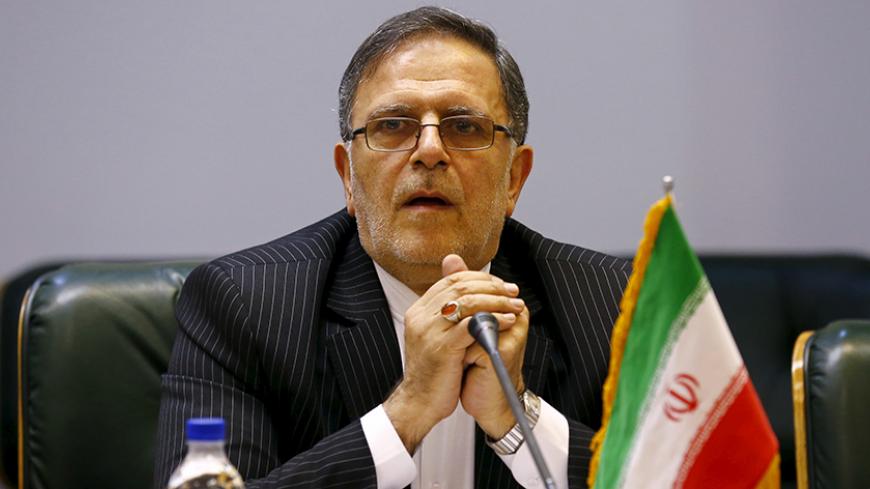TEHRAN, Iran — On Sept. 28, the Central Bank of Iran (CBI) announced a plan that would urge commercial banks as well as credit and finance institutions to keep deposits under a specific level or face disciplinary measures. This is the second step taken by the monetary regulator in less than a year to ensure that financial resources are not blocked so that they can be used in the manufacturing sector and other business activities, which desperately need cash flow to survive.
In September 2015, banks and credit institutions held 83% of the money supply in short- and long-term savings accounts, Entekhab reported in February, citing CBI data. Since then, the regulator has come up with two parallel measures to help release these trapped financial resources. It first introduced a rating system — which is expected to categorize banks and credit institutions into low-risk, medium-risk and high-risk tiers — and now a new plan to determine a ceiling for deposits. Both plans are to be implemented by November.


